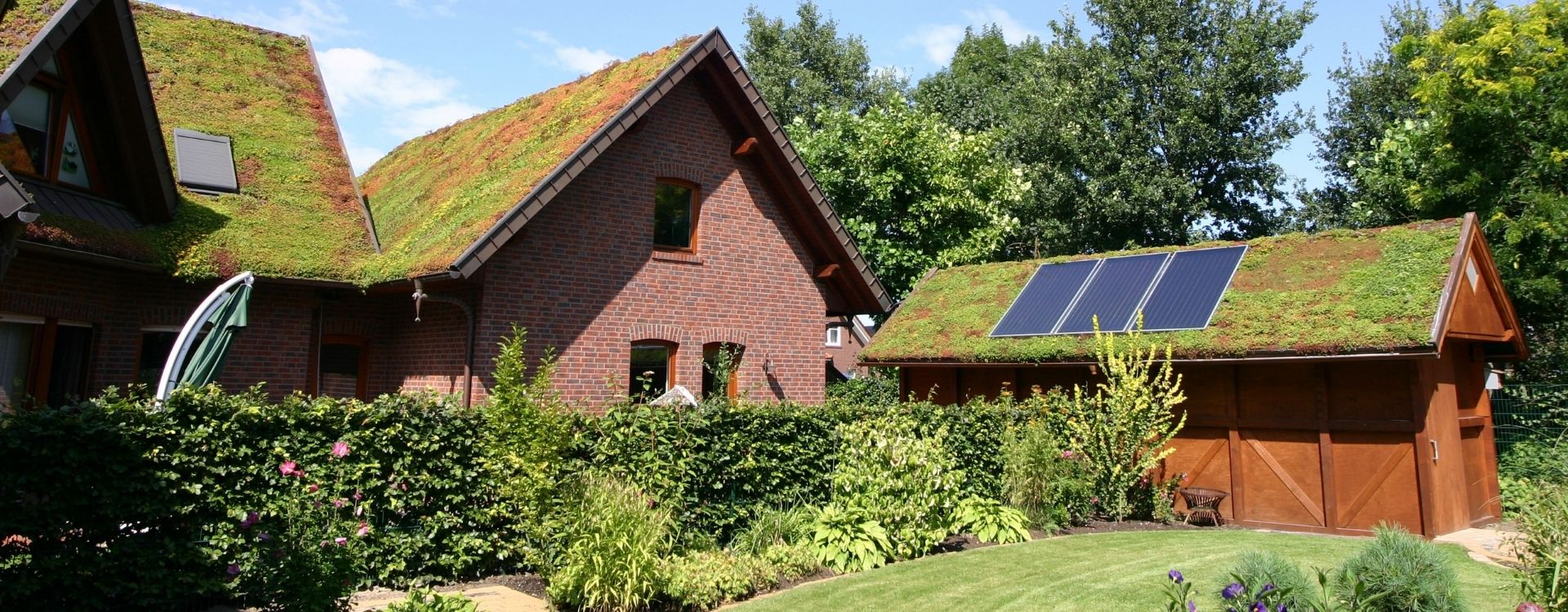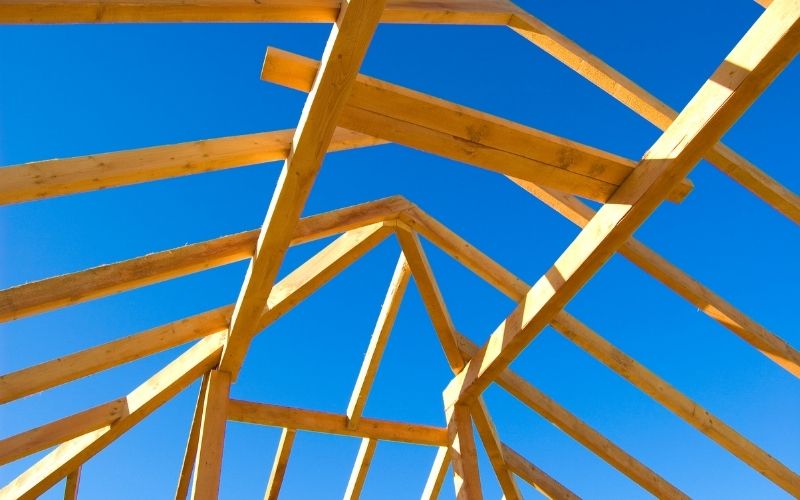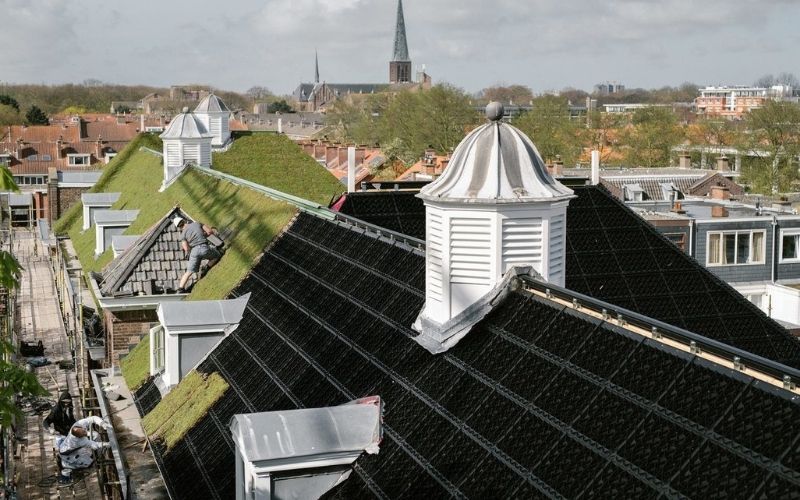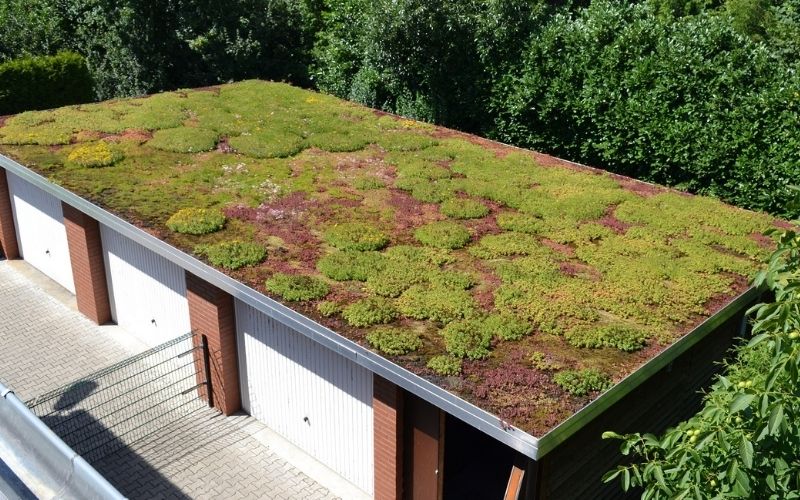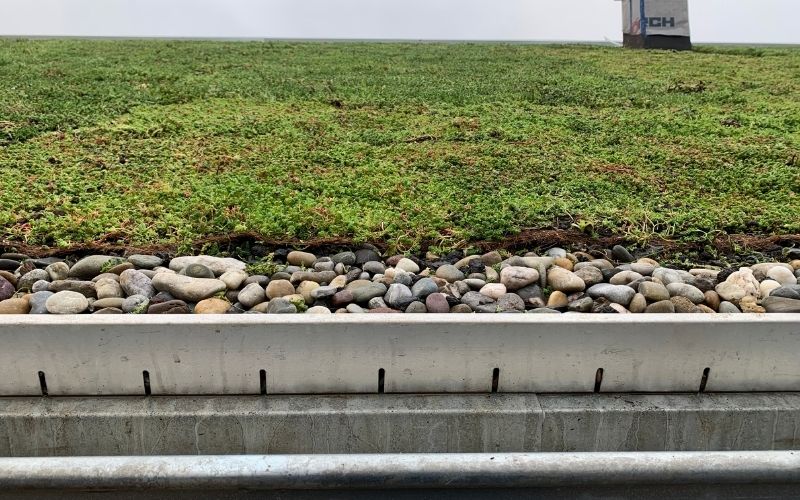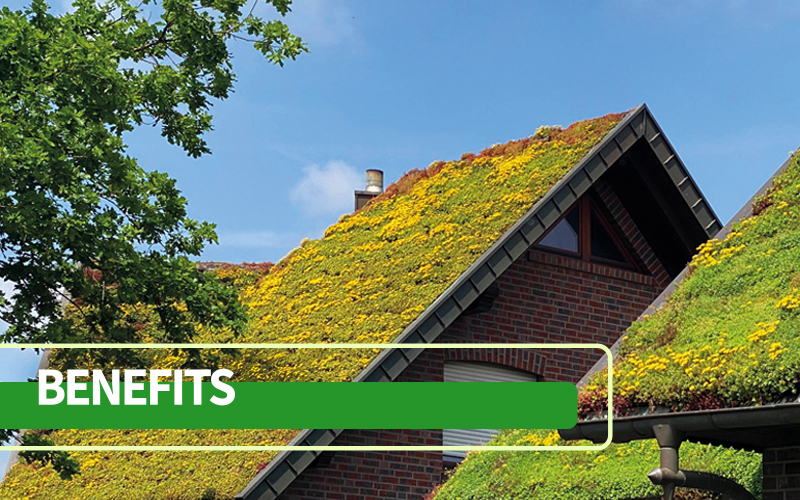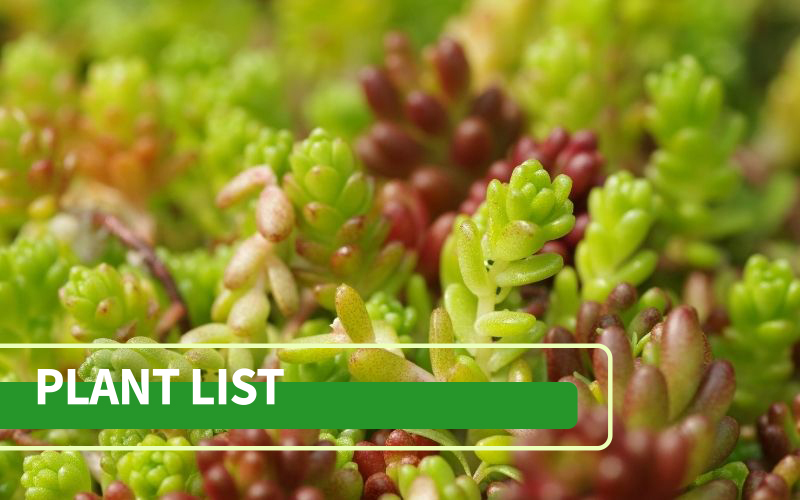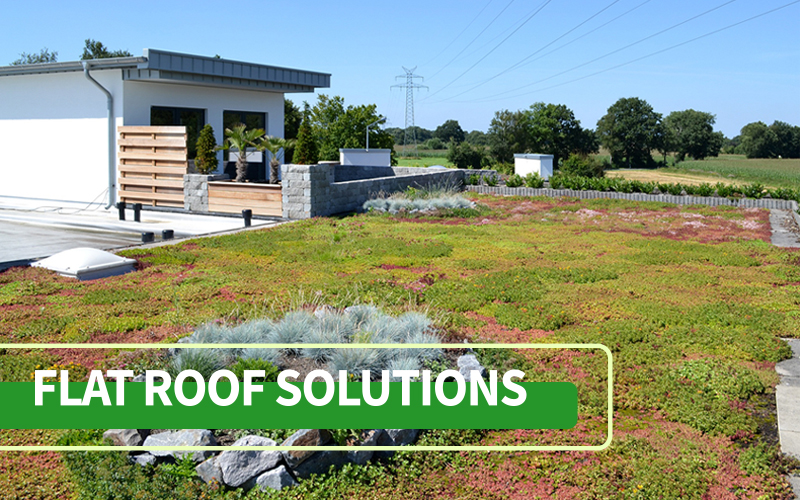Intensive or extensive green roofing
A fundamental distinction is made between intensive and extensive green roofing. Intensive green roofs are clearly the more elaborate variety. Intensive green roofs can also be aptly described using the term "roof gardens". This type is usually only implemented on flat or slightly inclined roofs (up to 5° roof pitch). The costs of intensive greening roof depend on the scope of the project, and may vary greatly depending on the project. Basically, however, costs are significantly higher than those for extensive green roofs. Likewise, servicing and maintenance work and requirements for intensive green roofs are comparable to that of a normal garden, and thus significantly higher than that for extensive green roofs.
In addition, the additional weight of the increased green roofing build-up must be taken into account during design stages of the roof build-up – precisely with existing flat roofs, this is usually not taken into account in static engineering terms. The plants used also place higher demands on the build-up and on the need for regular watering and supply of nutrients. Nevertheless, intensive green roofs are especially suitable in urban regions where available living space and green spaces on hand are limited. By creating these large green spaces, new usable spaces are created and areas that were previously embellished by roofing felt can blossom and may be used.
With extensive green roofs, on the other hand, you will benefit especially from the low-maintenance requirements and simple build-up of the green roof. The thin build-up layer of an extensive green roof is lighter than that for intensive green roofs, and this form of green roof can be created more quickly. When selecting the plants, it is important to ensure that they are not sensitive to frost and droughts or dryness and that they only require a small amount of nutrients. Species of sedum selected have proven to be particularly suitable. These can be meaningfully supplemented by other species of plants, so that natural or near-natural greening can be created. Extensive green roofing provides observers with a beautiful view all year round, influenced to a large part by nature. Skilful planning can further minimise servicing requirements. For example, there should be a small strip with no plants present at existing skylights or roof-lights.


